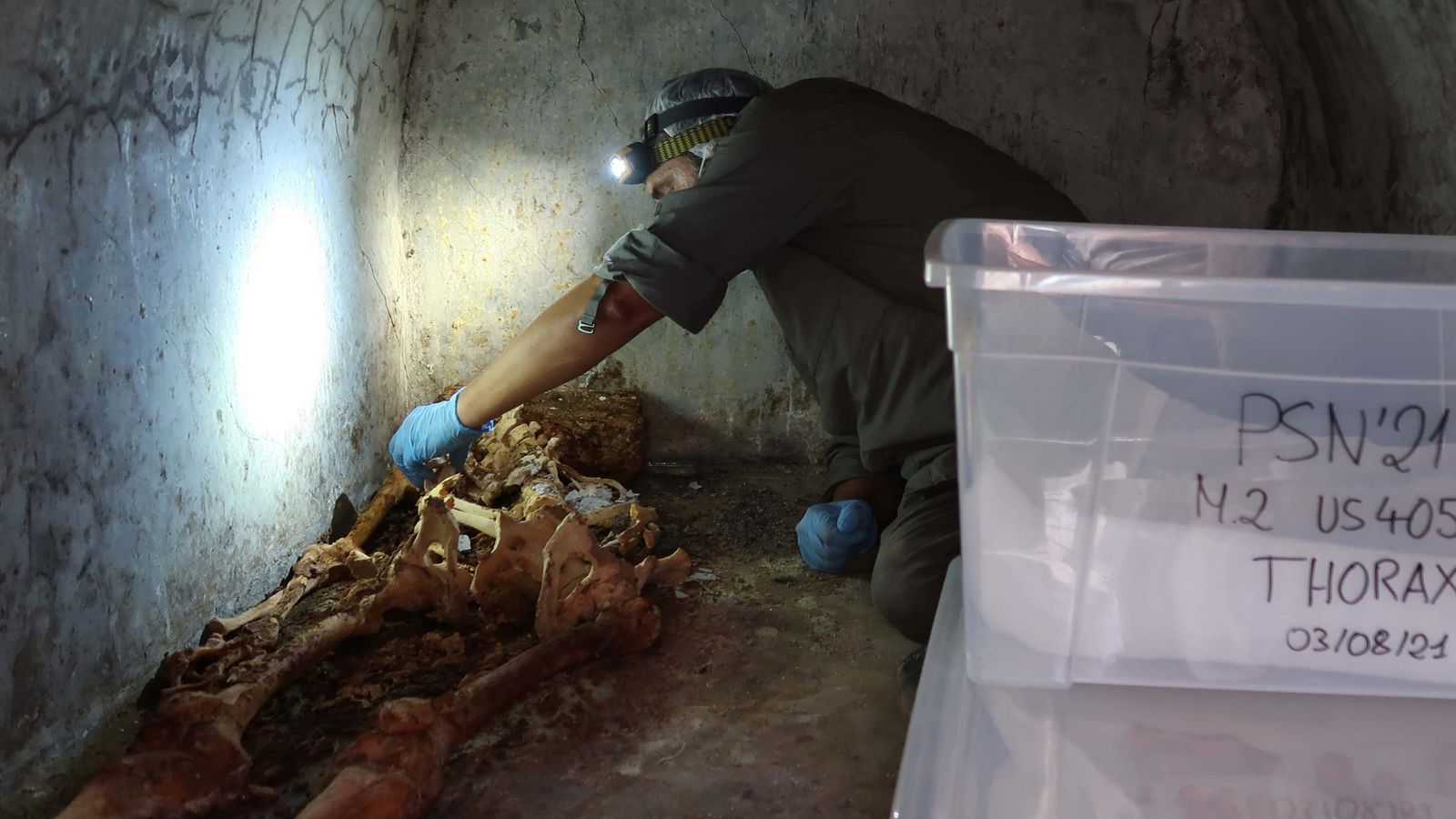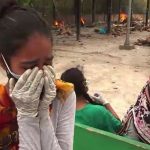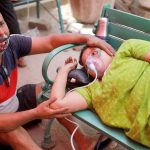Archaeologists have discovered the remains of a former slave in Pompeii and described it as one of the best-preserved skeletons ever found at the ancient Roman city.
It is also the first time archaeologists have found direct evidence of plays performed at Pompeii in Greek as well as in Latin.
The body of the man was in a tomb which is believed to date back to the final decades of Pompeii before it was destroyed by the Mount Vesuvius volcano eruption in 79 AD.
A tomb inscription suggests the man helped to organise Greek performances in Pompeii.
Gabriel Zuchtriegel, director of Pompeii’s Archaeological Park, said: “That performances in Greek were organised is evidence of the lively and open cultural climate which characterised ancient Pompeii.”
Experts said the skeleton showed signs of partial mummification, with an ear and white hair still evident on the skull.
The tomb inscription also named the man as Marcus Venerius Secundio with initial tests showing he was aged in his 60s at the time of his death.
Marcus Venerius’s name appears in another city archive, which helped to identify him as a public slave and a custodian of the Temple of Venus.
He was later freed and his imposing tomb suggests he had reached a certain social and economic status before his death.
Adults were normally cremated in the city at the time, so the burial of Marcus Venerius is seen as highly unusual.
Archaeologists are investigating whether the man might have been embalmed ahead of burial.
Fabric fragments were also found in the tomb in the necropolis of Porta Sarno, an area not yet open to the public which is located in the east of Pompeii’s urban centre.
Pompeii is 14 miles (23km) southeast of Naples in Italy and was home to about 13,000 people when the volcanic eruption buried it under ash, rocks and dust, freezing it in time.
The site was not discovered until the 16th century and organised excavations started around 1750.
A recent burst of archaeological activity, aimed at halting years of decay and neglect, has enabled scholars to uncover areas that have previously remained buried under the volcanic debris.






















